-
Join Tundras.com, Our New Toyota Tundra Forum!
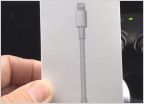 Tundra Front/Rear Anytime Cameras
Tundra Front/Rear Anytime Cameras
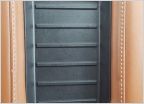 DIY: Add wireless phone charging
DIY: Add wireless phone charging
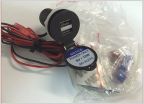 Always on USB Port
Always on USB Port
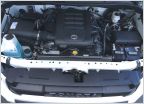 DIY: Tundra LED Lightbar Install
DIY: Tundra LED Lightbar Install
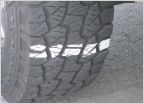 Tire Pressure Chalk Test
Tire Pressure Chalk Test
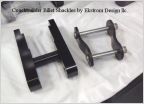 Tundra Coachbuilder Shackles
Tundra Coachbuilder Shackles
 Tundras.com Decals Available!
Tundras.com Decals Available!
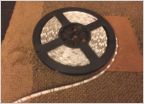 Tundra Footwell LED Lights
Tundra Footwell LED Lights
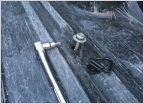 Adding Bed Tie-Down Rings to Your Tundra
Adding Bed Tie-Down Rings to Your Tundra
 DIY Tundra Trailer harness relocate
DIY Tundra Trailer harness relocate
 Tundra wheels & Tires
Tundra wheels & Tires
 Tundra Radar Detector Install
Tundra Radar Detector Install
-
Welcome to Tacoma World!
You are currently viewing as a guest! To get full-access, you need to register for a FREE account.
As a registered member, you’ll be able to:- Participate in all Tacoma discussion topics
- Communicate privately with other Tacoma owners from around the world
- Post your own photos in our Members Gallery
- Access all special features of the site
Why not a Tundra???
Discussion in 'Tundras' started by Early B., Jul 14, 2018.
Page 5 of 12
Page 5 of 12













